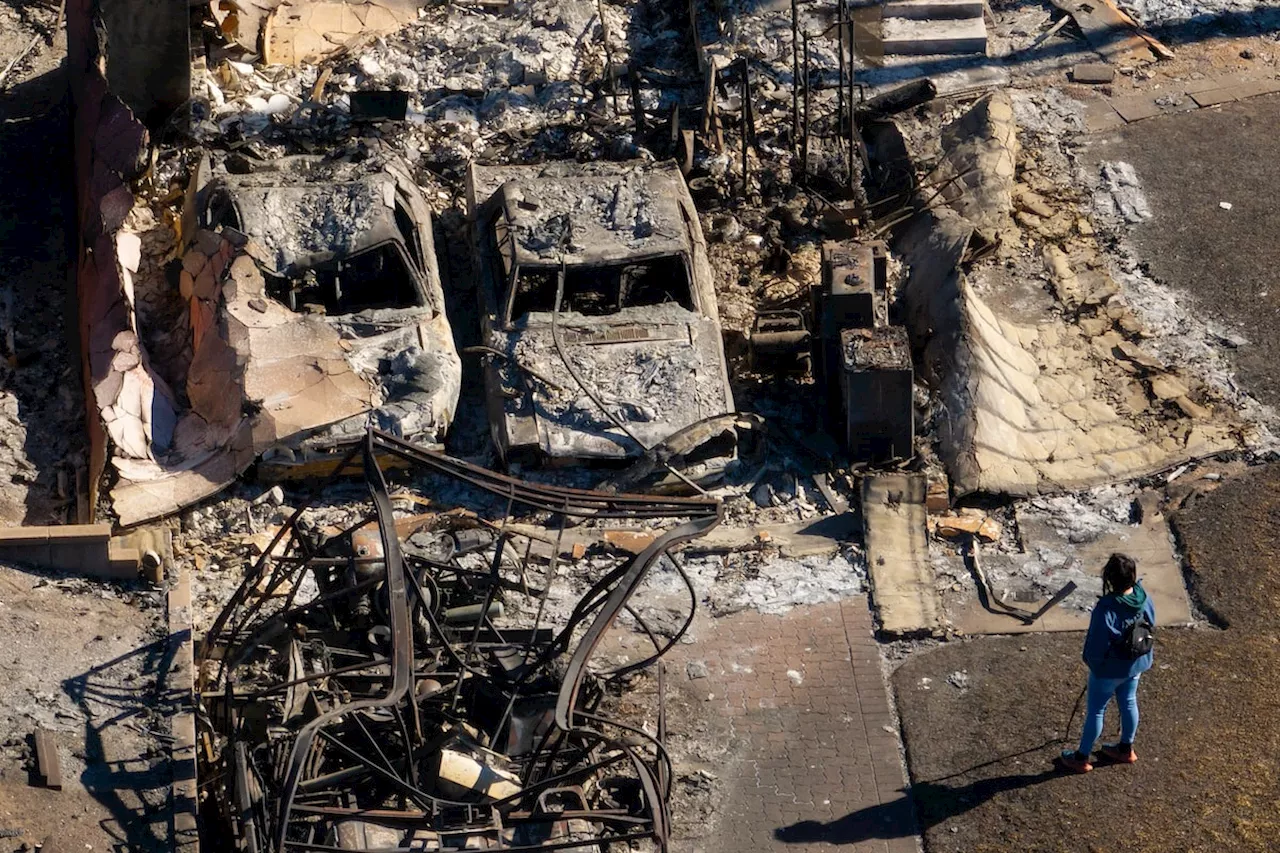Canada's transit projects often face cost overruns, delays, and public frustration. This article explores the reasons behind these challenges and suggests solutions by analyzing successful international examples.
Canada spends considerably more building a kilometer of rail transit compared to many other nations. This results in less value for money invested, leading to project downsizing to fit budgetary constraints, ultimately making them less effective. Residents grow increasingly impatient as promised opening dates are repeatedly pushed back. This persistent trend risks jeopardizing Canada's social license to pursue such vital projects. This concern is not unfounded.
The Ontario government is currently advancing a $70-billion expansion of subways and light rail transit in the Greater Toronto Area. If these projects are not executed more efficiently, it's difficult to foresee how much longer residents will tolerate the ongoing disruption caused by transit construction. This could culminate in a disastrous future marked by even more traffic congestion, increased commuter frustration, and substantial economic damage.Political interference has contributed to making some projects unnecessarily expensive. For instance, a light rail transit (LRT) extension in west-end Toronto was buried at a substantial cost. On the same day Premier announced a snap election, his government pledged to tunnel an LRT project in downtown Brampton, a city located about 45 kilometers northwest of Toronto, significantly escalating costs compared to constructing the line at ground level. The Ontario Line, a subway project in Toronto, is projected to cost close to US$500 million per kilometer to build, based on 2019 dollar values. This is significantly higher than a subway expansion from Toronto to its northern suburb of Vaughan, which opened in 2017 and was already criticized for its cost. These issues are not confined to Ontario – the Green Line LRT in Calgary serves as a prime example of escalating costs and political influence. Such problems are prevalent across much of the English-speaking world. These countries often compare themselves to each other, making exorbitant costs within the group seem less alarming. They tend to have more stringent engineering standards than other nations and often neglect transit construction for extended periods, lacking institutional experience necessary to effectively manage complex projects.In contrast, countries like Italy, Spain, and France demonstrate that it is possible to incorporate new subway lines beneath densely populated, historical cities at a lower cost per kilometer than Canada manages in sprawling suburbs. One illustrative example is a subway tunnel in Milan, which is being built with a nine-meter diameter, according to a study from the School of Cities at the University of Toronto. Conversely, a subway expansion tunnel in eastern Toronto is 10.7 meters across to accommodate slightly wider trains and a firewall inserted between the tracks. While the difference may seem insignificant, the 18 percent increase in diameter translates to a 42 percent greater volume of earth requiring excavation.Canada can also glean valuable lessons from the few recent domestic projects that have been executed effectively. There have been successes. Both the Canada Line in Vancouver and the Réseau express métropolitain in Montreal offer aspects worth emulating. A crucial driving force behind both projects was robust political support. Vancouver required the Canada Line to be operational before the 2010 Winter Olympics, and Quebec's premier personally invested in the REM. The emphasis is not on political intervention but rather on a shared understanding of the urgency.Both projects capitalized on smaller rolling stock. Shorter trains can be serviced by smaller and, consequently, less expensive stations, as excavation accounts for a significant portion of transit construction costs. Depending on demand, operating smaller trains more frequently could provide service comparable to longer, less frequent trains. The Canada Line and REM minimized tunneling wherever feasible. Elevated tracks represent a significantly less costly alternative. The REM also repurposed an existing tunnel to mitigate expenses, while the Canada Line employed cut-and-cover tunneling for a portion of its construction. The latter method, while more disruptive, is more economical in suitable situations. Political leaders need the resolve to advocate for it when the cost savings are substantial.Well-developed transit networks are essential to prevent urban areas from grinding to a halt. Expanding them will always be expensive and disruptive, but Canadian cities can alleviate this burden by learning from the experiences of others
Transit Costs Infrastructure Development Project Management Political Influence International Comparisons
Canada Latest News, Canada Headlines
Similar News:You can also read news stories similar to this one that we have collected from other news sources.
 The Canadian 'Made in Canada' Hat ConundrumTwo Canadian marketers discover the difficulty of producing a fully Canadian-made hat, highlighting the challenges faced by domestic manufacturers in a globalized economy.
The Canadian 'Made in Canada' Hat ConundrumTwo Canadian marketers discover the difficulty of producing a fully Canadian-made hat, highlighting the challenges faced by domestic manufacturers in a globalized economy.
Read more »
 The Actively Learning CEO: Learning Your Way to SuccessDavid Novak, retired CEO of Yum! Brands, attributes his success to a lifelong commitment to learning. He shares his insights on how to become an active learner, seeking out new ideas and experiences, and pairing them with action and execution.
The Actively Learning CEO: Learning Your Way to SuccessDavid Novak, retired CEO of Yum! Brands, attributes his success to a lifelong commitment to learning. He shares his insights on how to become an active learner, seeking out new ideas and experiences, and pairing them with action and execution.
Read more »
 Canada's 2025: Elections, Legal Battles, and Transit ExpansionThis article highlights key events and developments expected in Canada during 2025, including federal and municipal elections, major legal cases, and progress on the Stage 2 light rail expansion in Ottawa.
Canada's 2025: Elections, Legal Battles, and Transit ExpansionThis article highlights key events and developments expected in Canada during 2025, including federal and municipal elections, major legal cases, and progress on the Stage 2 light rail expansion in Ottawa.
Read more »
 Canada's Transit Delays Frustrate commutersMajor transit projects in Canada are facing repeated delays, leaving citizens frustrated. Despite the government's commitment to building new lines, a lack of progress and the departure of Metrolinx's CEO raise concerns about the future of these projects.
Canada's Transit Delays Frustrate commutersMajor transit projects in Canada are facing repeated delays, leaving citizens frustrated. Despite the government's commitment to building new lines, a lack of progress and the departure of Metrolinx's CEO raise concerns about the future of these projects.
Read more »
 Canada's Climate Risk: Learning from the LA WildfiresElliott Cappell, PwC Canada's national climate change leader, draws parallels between the devastating LA wildfires and potential risks facing Canada. He emphasizes the need for improved climate data, risk management strategies, and a national security approach to climate change.
Canada's Climate Risk: Learning from the LA WildfiresElliott Cappell, PwC Canada's national climate change leader, draws parallels between the devastating LA wildfires and potential risks facing Canada. He emphasizes the need for improved climate data, risk management strategies, and a national security approach to climate change.
Read more »
 Canada Extends Deadline for Charitable Donations Due to Canada Post StrikeThe Canadian government announced an extension to the deadline for claiming charitable donations on tax returns, aiming to mitigate the impact of the recent Canada Post strike which significantly affected charitable giving.
Canada Extends Deadline for Charitable Donations Due to Canada Post StrikeThe Canadian government announced an extension to the deadline for claiming charitable donations on tax returns, aiming to mitigate the impact of the recent Canada Post strike which significantly affected charitable giving.
Read more »
